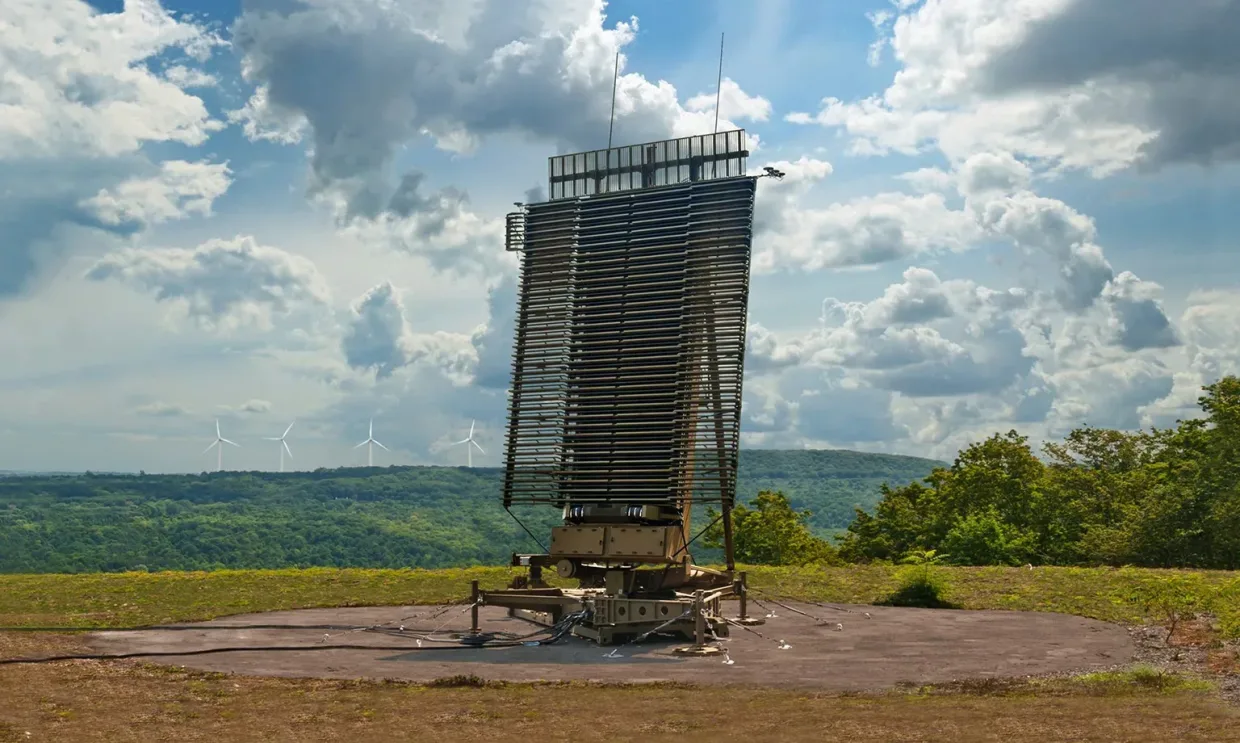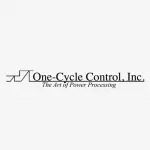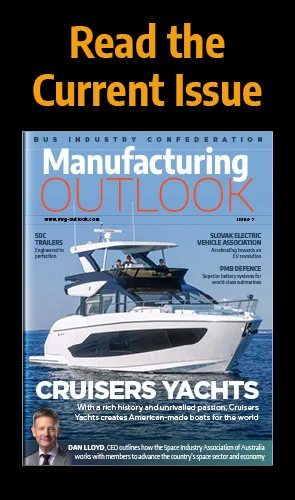Identifying, tracking, and dealing with threats is imperative in national defense. Chandra Marshall, Vice President and General Manager of Lockheed Martin Radar and Sensor Systems, details how the company is at the forefront of threat detection.
AHEAD OF READY
As geopolitical instability grows, the demand for rapidly evolving technology and maximizing throughput is more important than ever.
Global security and aerospace company, Lockheed Martin, specializes in defense technology, solving complex challenges, advancing scientific discovery, and delivering innovative solutions that help its customers keep people safe.
Lockheed Martin’s all-domain mission solutions and 21st Century Security® vision accelerate its delivery of transformative defense technologies.
“Our customers face threats that require us to deliver innovation at scale and with greater agility than ever before to address their toughest challenges,” opens Chandra Marshall, Vice President and General Manager of Lockheed Martin Radar and Sensor Systems.
The leader in every domain in which its customers operate — air, land, sea, space, and cyber — Lockheed Martin has an unparalleled understanding of client missions.
To meet their needs, the company is digitally transforming its operations throughout the design and production process, ensuring the greatest efficiency without sacrificing quality.
“A joint force is a connected force, and our vision for 21st Century Security® weaves 5G technology through our proven platforms and combines them with the most advanced commercial technologies to increase capability and connectivity,” Marshall outlines.
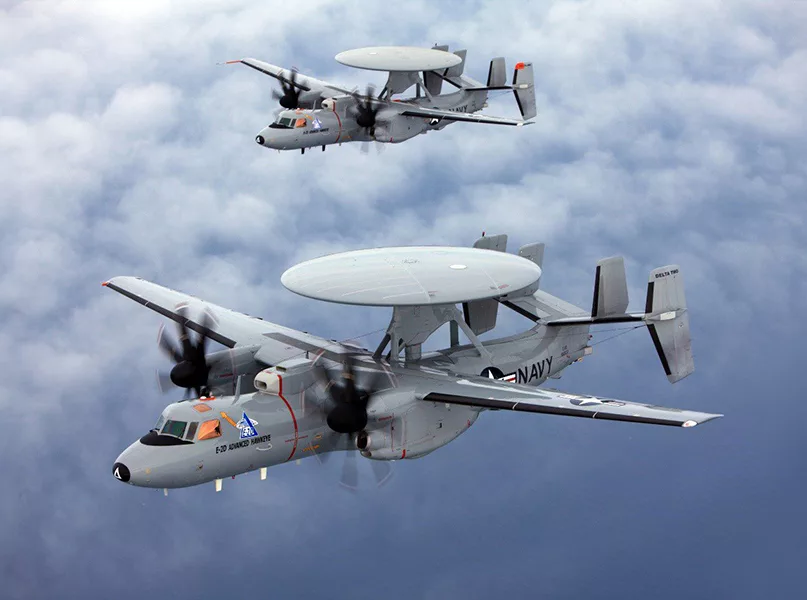
RADARS AND SENSOR SYSTEMS
Lockheed Martin’s business, the majority of which is with the US Department of Defense and federal government agencies, comprises four core areas specializing in defense technology – Aeronautics, Missiles and Fire Control (MFC), Space, and Rotary and Mission Systems (RMS).
Radars and sensor systems fall within RMS’ mission-first portfolio, along with rotorcraft technology, command and control, combat simulation and training, advanced cybersecurity, and undersea systems.
As the global choice for advanced radars and sensors, Lockheed Martin has a rich history of providing cutting-edge systems that are the proven, preferred air surveillance solution for more than 45 nations on six continents – and growing.
The company has established a broad legacy of producing high-performing, solid-state radars required for integrated air and missile defense (IAMD), long-range surveillance, early warnings, and counter-target acquisition.
“Over the past 60+ years of delivering radars, we have proven that each system meets the technical requirements defined by the customer,” acclaims Marshall, who is responsible for the entire radar and sensor portfolio for domestic and international customers.
“With the incredible growth in our radar line of business, we are always finding ways to improve efficiency, apply digital technologies, and invest in product innovation to outpace the dynamic threats our customers face.”
Evolving threats demand that the company delivers modernized defense systems that are integrated using seamless and resilient networks.
Threat deterrence always begins with detection, and as escalation from bad actors increases, the US military and its allies need expansive radar systems that can adapt quickly to a range of potential threats in various landscapes.
Lockheed Martin is the trusted partner of armed forces across the world for its reliable, upgradeable systems designed to operate in the digital age.
The company’s advanced radars and sensors, which also work with existing critical defense networks to keep cities, countries, and citizens protected from adversarial threats, perform surveillance, tracking, classification/discrimination/identification, fire control engagement, and kill assessment.
“Our customers face threats that require us to deliver innovation at scale and with greater agility than ever before to address their toughest challenges”
Chandra Marshall, Vice President and General Manager, Lockheed Martin Radar and Sensor Systems
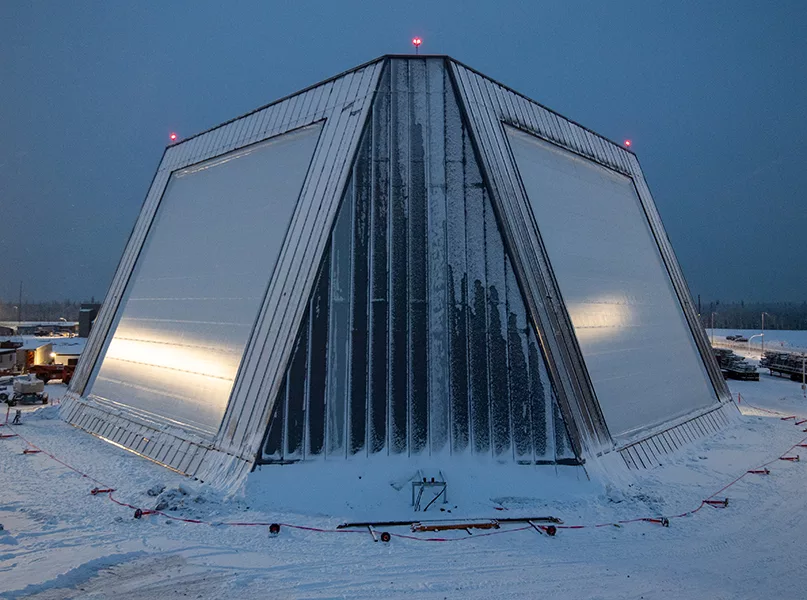
IDENTIFYING THREATS
Keeping the US and its allies safe requires a mature and progressive network of systems that flag incoming threats.
“Threats can mean many things – it could be a missile, unmanned aerial vehicle (UAV), aircraft, rocket, artillery, mortar, or maybe even something else,” notes Marshall.
“Radars are critical components of a defense system; they are the eyes that are responsible for identifying those threats and providing early warnings.”
Today, radars are trusted around the world by many defense forces and networks on all battlefields – in the air, on the ground, in space, or at sea.
Lockheed Martin delivers systems that focus on situational awareness against the full array of evolving battlefield challenges.
“The capabilities that our radar and sensor systems provide ensure warfighters have full spectrum protection while on the battlefield and for homeland security,” Marshall informs us.
Whilst Lockheed Martin has delivered tailored solutions for the world’s most challenging national security missions for over a century, the company’s heritage of radar and sensor excellence dates back to the 1960s.
Since then, its long-range air surveillance radars have been in continuous service, demonstrating the radar engineering and program management capabilities of Lockheed Martin.
Among the portfolio’s core capabilities are ease of integration, harnessing the most advanced next-generation technologies, and building modularly with open architecture principles – Lockheed Martin is therefore setting the course for future radar design and development.
“Our radars are also designed with high commonality across the portfolio, leveraging decades of performance, design enhancements, and end-user feedback.”
VAST RADAR PORTFOLIO
There are a number of key radars in the Lockheed Martin portfolio, including the new Variable Aperture Digital Radar (VADR), a software-defined sensor that can be reprogrammed to emulate different adversary systems and training events.
In March 2024, the US Air Force Advanced Range Threat System Variant 3 (ARTS-V3) program awarded Lockheed Martin an initial $276 million contract to develop and produce VADR.
More from Manufacturing Outlook
This new contract expands the company’s radar superiority for X-band and C-band radars, which VADR will leverage to train aircrews for engagements against adversarial threats.
“ARTS-V3 enhances our product line and demonstrates that we are continuing to lead the way in next-gen radar capability,” Marshall insights.
“Our radar technology directly contributes to the overall strength of the US military. It continues to be our top priority to focus on 21st Century Security®; this includes training our troops with the most advanced systems to best protect our homeland.”
Elsewhere in the Lockheed Martin portfolio, TPY-4 is a multi-mission, ground-based radar for air defense surveillance that can operate in contested electromagnetic environments and provides the ability for warfighters to detect and track current and emerging threats.
“Our proven performance and reliability will encourage customers to strongly consider TPY-4 as a solution to augment their existing capability as the threat space evolves,” emphasizes Marshall.
TPY-4 was selected in March 2022 for the US Air Force’s Three-Dimensional Expeditionary Long-Range Radar (3DELRR) program, and in November 2022, the company signed a contract with the Royal Norwegian Air Force to acquire several TPY-4 radars.
Thus, Norway became Lockheed Martin’s first NATO partner outside the US for its TPY-4 radar as part of the P2078 NORSE program, which will replace existing radars as they become obsolete.
The main mission of P2078 NORSE is to enhance the military surveillance capability of Norwegian and adjacent airspace through the replacement of legacy systems with a solution that meets future needs.
“We look forward to offering TPY-4 to solve the evolving challenges of international partners,” Marshall urges.
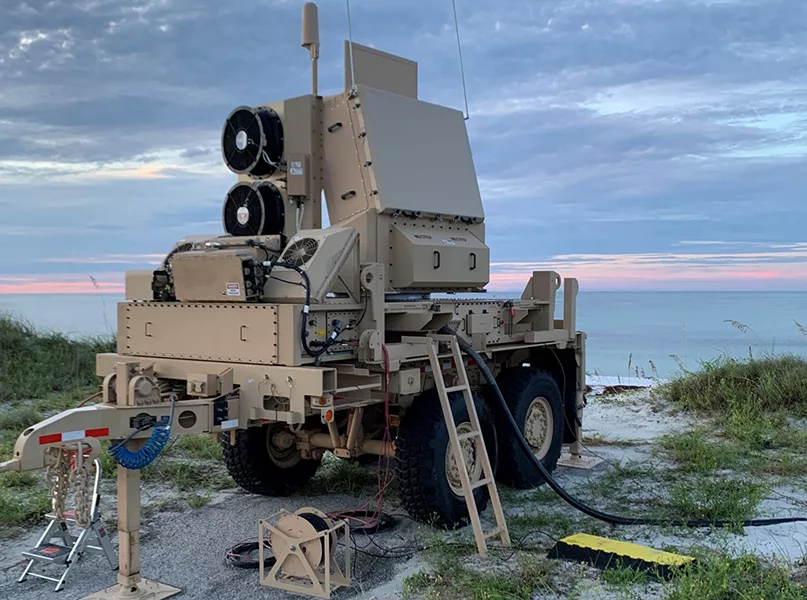
COMMONALITY IN DESIGN
Norwegian industry has been a crucial partner in the development of the TPY-4 radar, with Lockheed Martin leveraging an extensive supplier base in the Scandinavian country.
In particular, the company’s relationship with KONGSBERG Defense & Aerospace (KDA) resulted in the production of the first TPY-4 that included the Platform Electronics SubSystem (PES) built by KDA, a critical element in the foundation of this next-generation sensor that meets and exceeds current customer requirements for long-range surveillance.
TPY-4 also has the capability to be a solution for the modernization efforts of the North American Aerospace Defense Command (NORAD).
The radar represents a leap in performance over Lockheed Martin’s FPS-117 radars, which have been operating continuously in NORAD’s North Warning System for over 30 years, and is well-suited to detect the smaller, faster-emerging threats of today.
“Our radar portfolio thrives on several key attributes, including commonality across radars, software-defined architecture, and the ability to easily integrate with existing defense systems,” states Marshall.
Lockheed Martin’s radars are designed with a high degree of commonality to enable sustainment efficiencies and significant cost savings for customers. TPY-4, for example, significantly leveraged the blueprint of Sentinel A4, a high-performance replacement of the aging legacy Sentinel A3 radar.
“Our scalable technology has resulted in significant international interest in both the Sentinel A4 and TPY-4 radars to replace older assets that simply cannot be upgraded to match what our next-generation systems are offering.”
Sentinel A4 provides significant improvements to its predecessor’s existing capability against cruise missiles, unmanned aerial systems, and rotary wing and fixed wing threats.
This includes the ability to detect rocket, artillery, and mortar (RAM) threats, provide RAM points of origin and impact locations, and add protection against electronic threats.
Sentinel A4 will be incorporated into the National Advanced Surface-to-Air Missile System (NASAMS) for the National Capital Region (NCR) and is considered the radar of choice for nations looking for IAMD solutions.
LOCKHEED MARTIN PARTNERS




